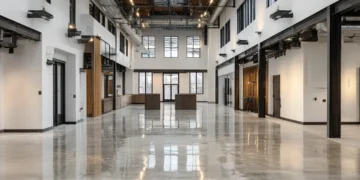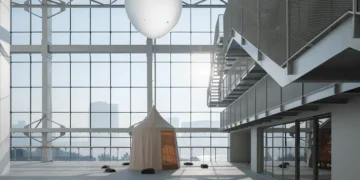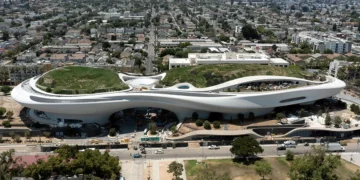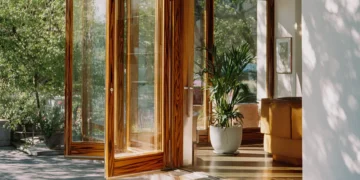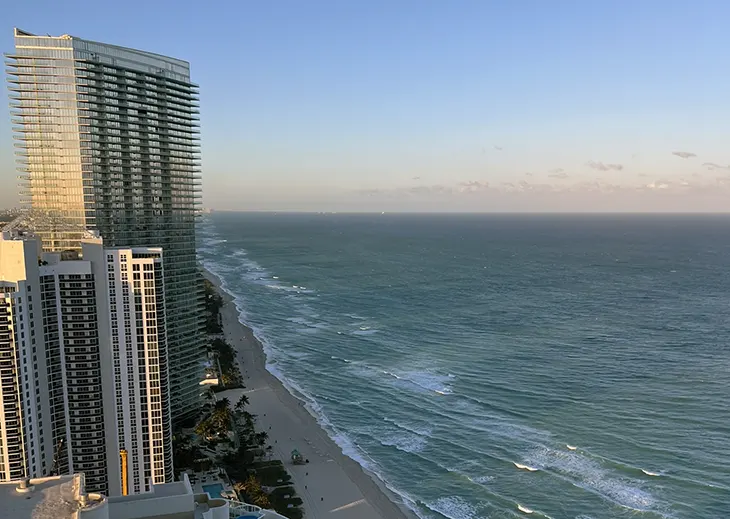
In 2025, wealthy buyers aren’t chasing skyline views or oversized floor plans. Instead, they’re choosing properties that reflect how they want to live. According to Knight Frank’s Wealth Report 2024, 59% of ultra-high-net-worth individuals now say wellness and experience-led features are a key driver in luxury property purchases, outranking both location and traditional design appeal.
So, if you’re still thinking in terms of square footage, skyline views, and resale ROI, you’re already behind the shift. Here’s how lifestyle-led real estate is redefining luxury, and why the top end of the market is moving fast in a new direction.
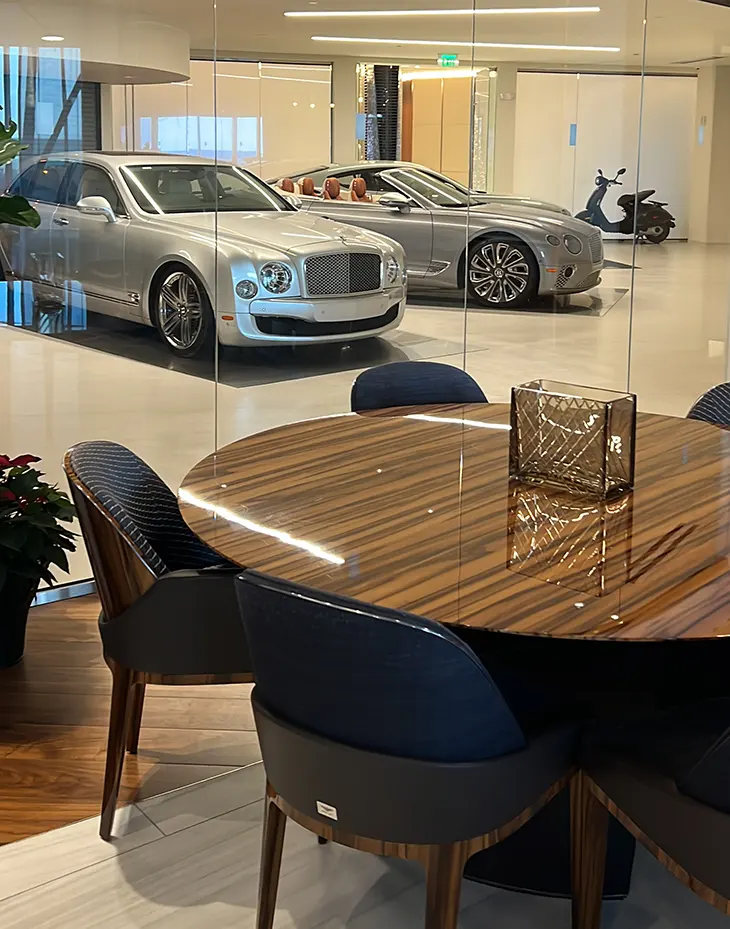
What Is Lifestyle Real Estate?
Lifestyle-led real estate is built around everyday use. These homes are designed to support how residents move, rest and reset, offering practical features that directly impact wellbeing. Details like spa-quality bathrooms, natural materials, quiet layouts, and built-in wellness spaces are now considered essential.
According to Luxury Lifestyle Magazine, demand for homes that offer this level of comfort and personalisation is now outpacing traditional luxury offerings, particularly among international buyers.
What’s Fueling the Surge?
The rise of lifestyle-led real estate isn’t tied to a single trend. It’s the result of multiple shifts happening at once, driven by what buyers now expect from a home. Developers who understand these changes are building properties that outperform traditional luxury in both value and demand.
Here’s what’s driving the momentum:
1. Hospitality brands are influencing how homes are built
Luxury hotel groups are no longer staying in the hospitality lane. Brands like Aman, Six Senses, and Marriott have expanded into residential real estate, creating homes that carry the same service standards, atmosphere, and attention to detail as their resorts.
These are not branded condos with hotel perks; they’re purpose-built residences that function more like full-time retreats. The market is responding. According to Forbes, the branded residential sector has grown by more than 150 percent over the last decade and now exceeds 30 billion dollars in global value.
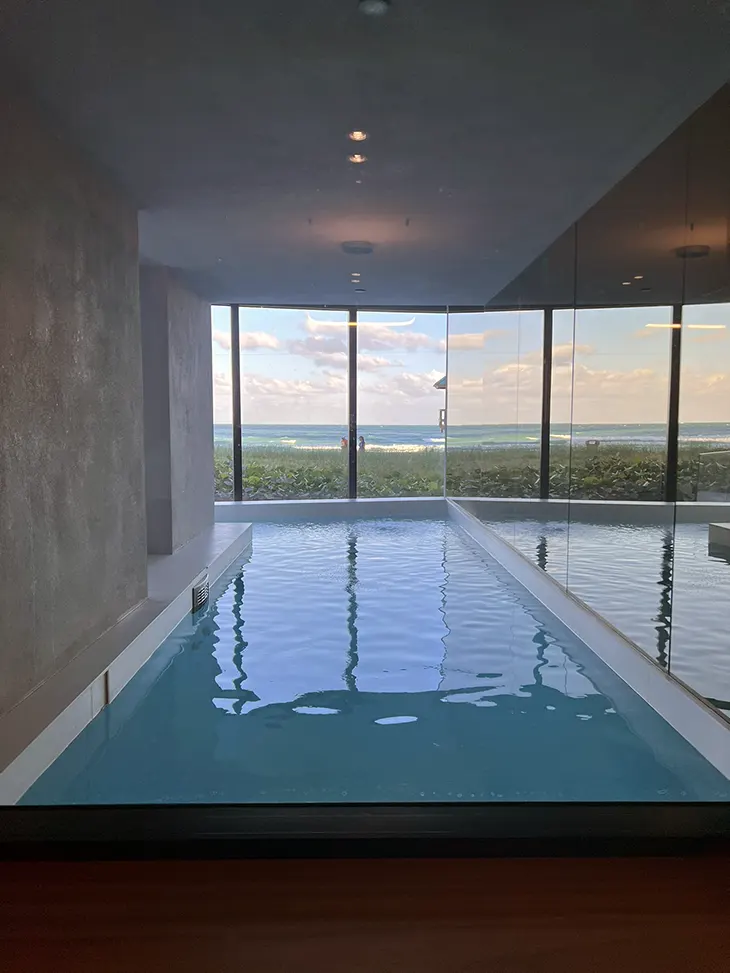
2. Wellness features are driving purchase decisions
Health and recovery are now central to purchase decisions. Buyers are asking about air systems, acoustics, lighting design, and spaces that help them recharge. Developers are responding with features once limited to high-end spas like filtered air, restorative layouts, natural surfaces, and private wellness zones.
In places like Mangaluru, developers have seen wellness become a priority over square footage or location.
3. Design now matters more than the address
Buyers are willing to spend, but only on homes that feel good to live in. Floor plans that function, kitchens that flow, private spaces for rest and focus – all of this matters more than whether the property sits on a famous street.
The emotional experience of the home is now central to its value.
4. Technology is expected, not extra
Integrated systems are no longer considered a bonus. Buyers want lighting, climate control, security, and wellness tracking that all work quietly in the background.
If a home doesn’t offer this level of smart integration, it’s already behind, regardless of how new or expensive it is.
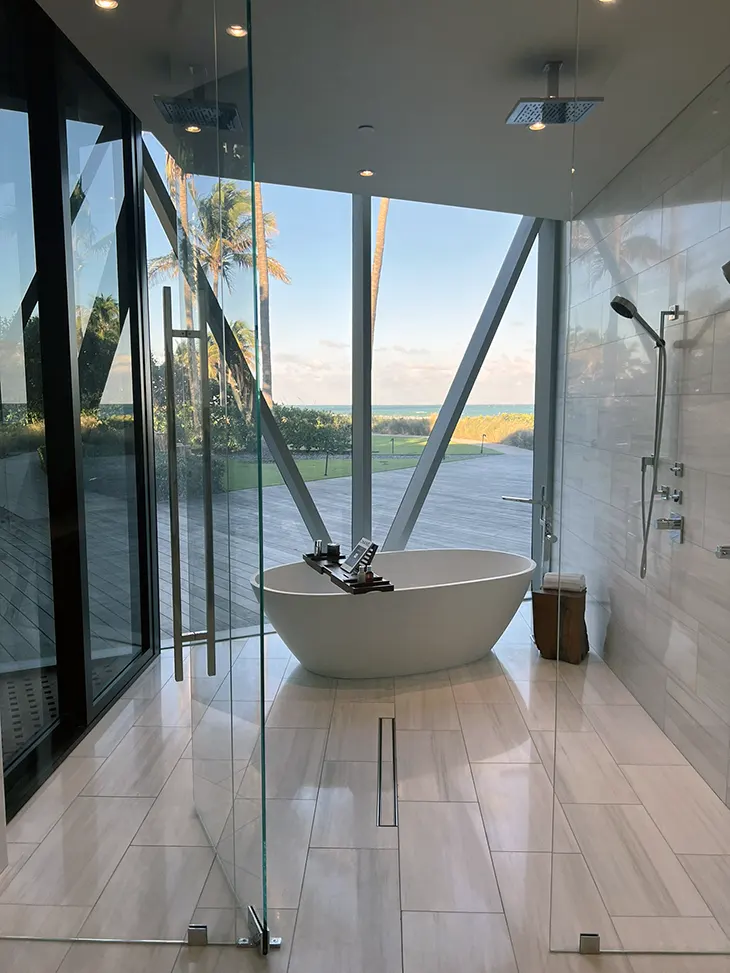
Why This Matters If You’re
Building a Career in Real Estate
If you’re planning to work in real estate design, this shift changes the kind of work you’ll be doing and the kind of skills employers will expect you to have.
Here’s what you’ll need to bring to the table:
● Understanding of hospitality operations: You’ll need to understand how service, flow, and user experience affect a property’s value, not just its design.
● Knowledge of wellness-driven design: What looks impressive on paper doesn’t always work in real life. Good real estate now starts with knowing how people live day to day.
● Ability to work across teams: Developers now bring in experts from branding, tech, architecture, and wellness. You need to know how to collaborate, not just execute.
● A sharp understanding of buyer behaviour: Knowing what people value and why, is more important than ever. The best professionals know how to shape spaces around how people live, not just where they live.
To stay competitive, licensed New York agents and managers need CE that reflects these shifts. Programs from NYREI offer continuing education packages and individual courses, including online options in property management, finance/investment, legal updates, and more, helping professionals meet the 22.5-hour requirement while upskilling for wellness-driven, hospitality-influenced developments.
Real Estate Through a Hospitality Lens
As the luxury market moves toward lifestyle-driven development, the role of real estate professionals is changing. It’s no longer just about finding sites or managing transactions. It’s about understanding how space, service, and daily experience shape what people are willing to buy.
Educational institutions such as Glion offer real estate programs that are designed with that in mind. It connects property investment with hospitality, teaching students how to plan, evaluate, and manage spaces built around how people live, not just what they own.














